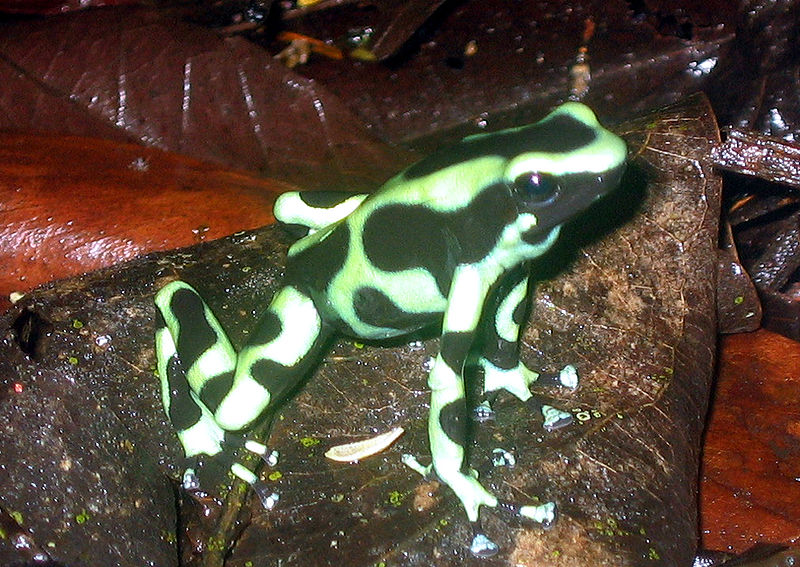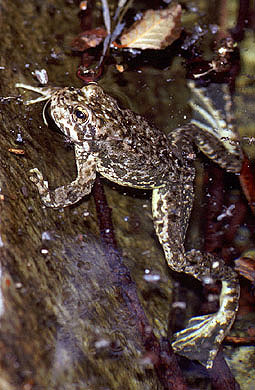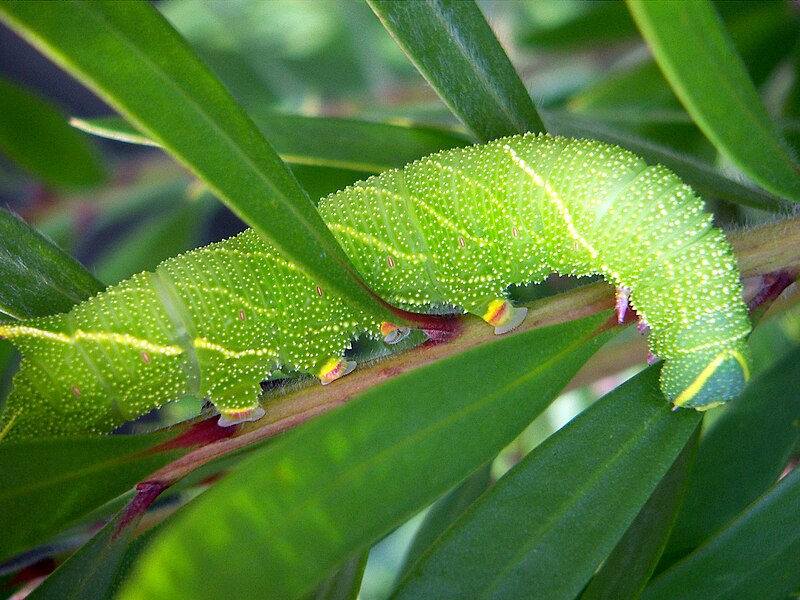As a native of NYC, I’m no stranger to the natural wonders to be found there. In my time, I’ve filled quite a few notebooks with pleasant surprises…coyotes in Manhattan, Pine Voles in the Bronx, Red Salamanders on Staten Island, 1,000+ insect species, 13 herps, 250+ birds, red and gray fox on the grounds of the Bronx Zoo, and many more. New species have been discovered as well, but most have been small and secretive, such as the undescribed centipede recently found living in Central Park. But the existence of a sizable, gaudy frog that calls loudly each spring, living undetected within city limits, took the herpetological community very much by surprise.
Sharp Ears Lead to a New Species
Northern Leopard Frogs, Rana (Lithobates) pipiens, have been recorded in NYC, but are rarely encountered today. The area also forms the northernmost limit of the range of the Southern Leopard Frog, R. pipiens; never common, it may now be locally extinct.
It was during a search for Leopard Frogs in the NYC borough of Staten Island that a Rutgers’ University doctoral student noticed that the frog calls he was hearing were unique… similar to, yet different from, those of both Northern and Southern Frogs. Hybrids, perhaps? Read More »
 That Reptile Blog – Reptile, Amphibian and Exotic Pet Care and Information
That Reptile Blog – Reptile, Amphibian and Exotic Pet Care and Information



